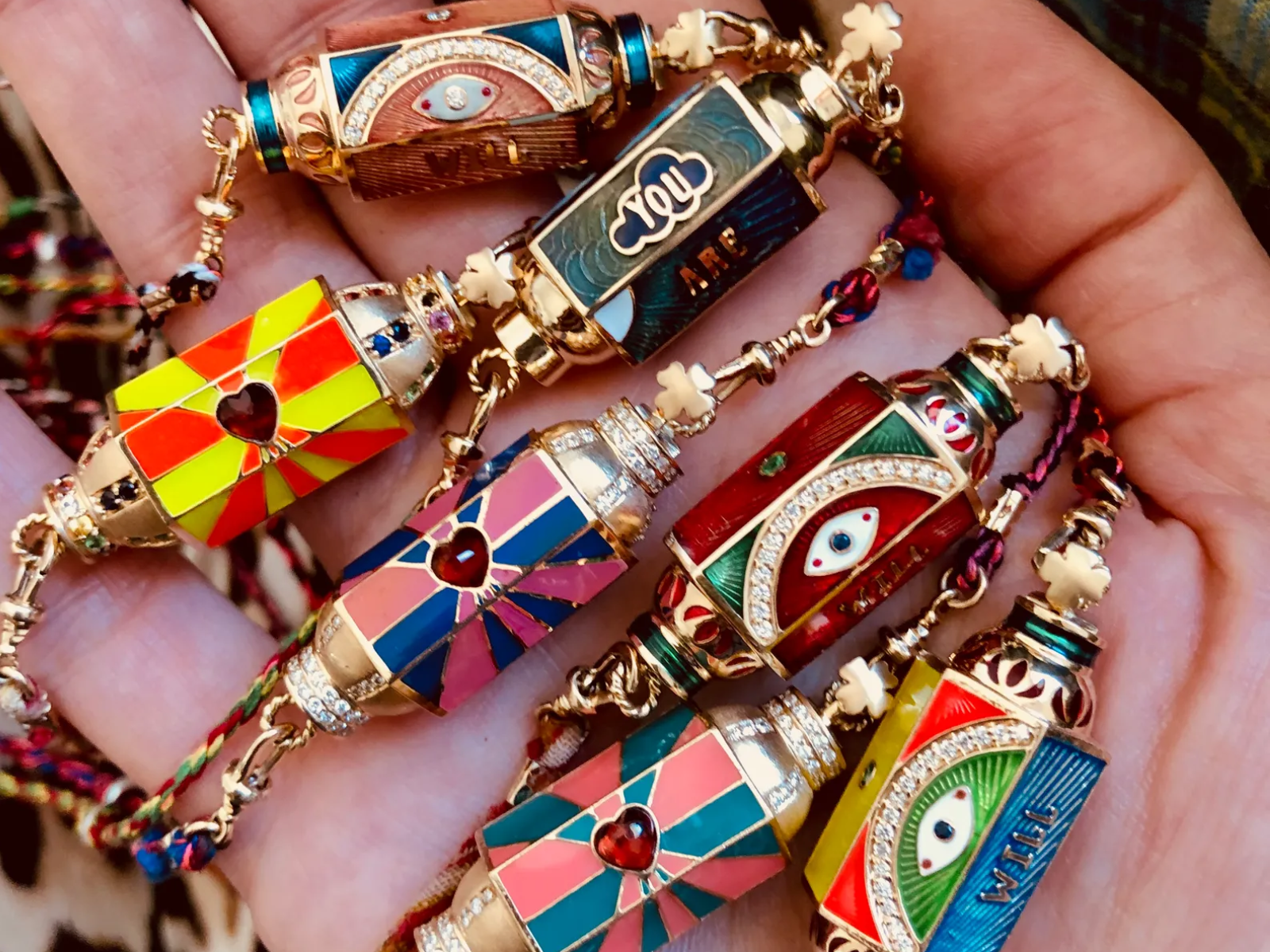India, a land steeped in tradition and known for its rich cultural heritage, has been a hub for exquisite jewelry craftsmanship for centuries. The country has a unique blend of artistic sensibilities, diverse cultures, and an unending passion for jewelry-making. From the bustling streets of Jaipur to the serene shores of Kerala, India’s jewelry artisans have been the driving force behind some of the most reputed brands and ateliers across Europe and the United States. In this blog, we’ll delve into the intricacies of jewelry craftsmanship in India, meet some local artisans behind the scenes, and explore how India is embracing ethical gemstones, sustainable metals, and responsible practices to deliver jewelry pieces that not only dazzle but also carry a deep cultural and authentic value.
The Timeless Craftsmanship of India
Jewelry making in India is not just an industry; it’s an art form passed down through generations. Artisans in India create jewelry that tells stories, reflects traditions, and captures the essence of the country’s diverse regions. From the ornate Kundan jewelry of North India to the elegant temple jewelry of South India, each piece is a masterpiece of intricate design and skilled craftsmanship.
Jaipur: The Gemstone Capital
Jaipur, the Pink City of India, is renowned for its gemstones and jewelry craftsmanship. The city boasts a rich history of gem cutting and polishing, making it a global hub for gemstones of all kinds. The skilled lapidaries in Jaipur are responsible for transforming raw gemstones into the sparkling jewels that adorn jewelry pieces worldwide. These artisans have the expertise to coax the maximum brilliance out of gems like rubies, sapphires, emeralds, and diamonds.
One of the key reasons why local artisans in Jaipur are highly sought after by reputed jewelry brands is their ability to hand-select gemstones with a discerning eye. They can identify the most exquisite pieces, ensuring that the jewelry they craft is of the highest quality. It’s not just about the gem’s intrinsic beauty but also about understanding its cultural and historical significance.
Meet Rajesh, a lapidary owner in Jaipur, who has been working with gemstones for over two decades. He shares, “Every gemstone tells a unique story. When I cut and shape them, I feel like I am preserving a piece of history. It’s a privilege to be a part of something so precious.”
The Art of Filigree in Kolkata
In the heart of Kolkata, the art of filigree has been flourishing for centuries. Filigree is a delicate form of jewelry craftsmanship that involves the use of fine threads and beads of metal, meticulously arranged to create intricate patterns. Kolkata’s artisans are revered for their dexterity and precision in crafting these exquisite pieces.
One such artisan, Shreya, explains her connection to filigree. “Filigree is like poetry in metal,” she says with a smile. “It requires patience and a steady hand. Every piece I create reflects the artistry that has been passed down in my family for generations.”
The Elegance of Temple Jewelry in Tamil Nadu
In the southern state of Tamil Nadu, temple jewelry is not just an ornament; it’s a sacred tradition. This jewelry style is inspired by the intricate jewelry adorning deities in temples across the state. The artisans, mostly based in the town of Nagercoil, create jewelry that captures the spiritual essence of the region.
Sarala, a temple jewelry artisan, emphasizes the significance of her work. “When I craft temple jewelry, I feel like I’m not just creating jewelry; I’m creating an offering to the gods. It’s a deeply spiritual experience.”
Sustainable Practices and Ethical Gemstones
While India’s jewelry craftsmanship is celebrated globally, sustainable practices, ethical gemstones, and responsible sourcing of materials are also being embraced by the industry as it evolves.
Brands are increasingly recognizing the importance of preserving the environment and ensuring that their products don’t contribute to harm.
Ethical Gemstones
In recent years, there has been a shift towards the use of ethical gemstones. Indian artisans are sourcing gems from mines that adhere to fair labor practices and are environmentally responsible. This includes avoiding “blood diamonds” and supporting mining communities that work under fair conditions.
Sustainable Metals
The use of sustainable metals, such as recycled gold and silver, is also gaining popularity. By recycling precious metals, artisans reduce the environmental impact of mining and decrease the need for new resources. This is a step towards a more sustainable and responsible approach to jewelry-making.
Responsible Practices
India’s jewelry industry is also actively adopting responsible practices that extend from sourcing materials to waste management. Many jewelry workshops are minimizing waste by recycling and reusing materials, further reducing their environmental footprint.
Connecting Cultural Value with Your Brand
As India’s jewelry artisans continue to shine on the global stage, there is a growing appreciation for the cultural value and authenticity they bring to the industry. Incorporating the stories and traditions of these artisans into your brand can create a deeper connection with customers. Here’s how you can do it:
1. Collaboration: Partner with Indian artisans or workshops to create exclusive collections that highlight their craftsmanship and stories. Share these stories with your customers to foster a deeper connection.
2. Transparency: Be transparent about your sourcing and production practices. Educate your customers about the ethical and sustainable aspects of your jewelry. This transparency can build trust and resonate with conscious consumers.
3. Cultural Significance: Embrace the cultural significance of the jewelry pieces you offer. Explain the history and traditions behind each design. By doing so, you provide customers with not just a beautiful piece of jewelry but also a cultural experience.
4. Empowerment: Support artisan communities in India through fair wages and ethical working conditions. By doing so, you empower these skilled individuals and contribute to their economic well-being.
India’s jewelry craftsmanship is a treasure trove of tradition, skill, and artistry. The stories of local artisans in Jaipur, Kolkata, Tamil Nadu, and beyond highlight the dedication and passion that goes into every piece they create. As the world moves towards ethical gemstones, sustainable metals, and responsible practices, India’s jewelry industry is embracing these changes while preserving its rich cultural heritage. By connecting the cultural value and authenticity of these artisans with your brand, you can offer customers not just jewelry but an experience that resonates with their hearts and minds. In doing so, you become a part of the ongoing story of India’s jewelry craftsmanship, preserving tradition while evolving with the times.
Read Also:- https://www.artisanats.in/silver-jewellery-pure-sterling-silvadium/

